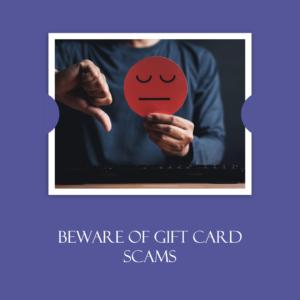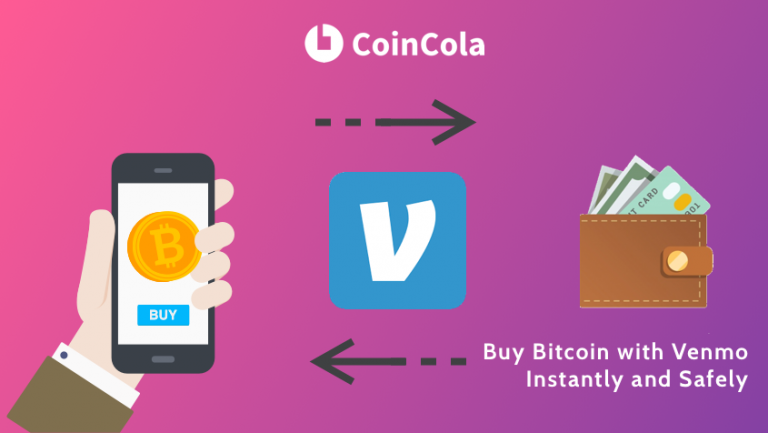Don’t Get Played: A Guide to Avoiding Steam Card Scams

In today’s interconnected digital world, scams and frauds have taken on many forms, and one area that has seen its fair share of deceit is the world of gaming, particularly involving Steam Cards. Steam Cards, those colorful digital tokens that unlock access to your favorite games, have become a target for scammers looking to exploit the gaming community’s enthusiasm. This article will shed light on what Steam Card scams are, why they are on the rise, and most importantly, how you can safeguard yourself against falling victim to these scams.
Understanding Steam Cards
Before diving into the murky waters of scams, let’s first understand what Steam Cards are and their legitimate uses. Steam Cards are digital gift cards that can be redeemed on the Steam gaming platform. They come in various denominations, allowing gamers to add funds to their Steam Wallets. With these funds, gamers can purchase games, in-game items, and other digital content available on the Steam store.
Steam Cards have gained immense popularity among the gaming community due to their convenience and versatility. They make great gifts for fellow gamers, and they’re a hassle-free way to add credit to your Steam account without using a credit card.

The Rise of Steam Card Scams
In recent years, there has been a noticeable surge in Steam Card scams. Scammers have honed their techniques to trick unsuspecting gamers into handing over their Steam Card codes. While it may seem like a harmless act, falling victim to these scams can have dire consequences.
The rise in these scams is alarming, with countless reports of gamers being duped. Scammers have taken advantage of the digital age, creating increasingly convincing schemes that prey on gamers’ trust and excitement.
To put this issue into perspective, let’s consider some statistics:
- According to a recent report, Steam Card scams have seen a 20% increase in the last year alone.
- In the same report, it’s estimated that scammers have made off with over $5 million worth of Steam Cards.
- Thousands of gamers have fallen victim to these scams, causing emotional distress and financial loss.
Common Steam Card Scams
To protect yourself, you must be aware of the most prevalent Steam Card scams. Here are some common types:
1. Fake Giveaways
Scammers often impersonate gaming influencers or Steam administrators, claiming to host giveaways for Steam Cards. They ask you to follow their links or perform certain actions to enter, but in reality, it’s a ploy to steal your codes.
2. Phishing Websites
These malicious websites mimic Steam’s official pages, tricking you into entering your Steam credentials or code information. Always verify the URL before entering any personal information.
3. Impersonation Scams
Scammers pretend to be your friends or trusted acquaintances, requesting Steam Card codes for various reasons. Always double-check the identity of the person making such requests.
4. Online Marketplace Scams
When trading Steam Cards on online marketplaces, be cautious of deals that seem too good to be true. Scammers often use enticing offers to lure victims into sharing their codes.

Is It Possible to Recover Stolen Steam Cards?
Recovering stolen Steam Cards can be challenging. Victims often face obstacles, and the chances of retrieval are slim. However, it’s crucial to report the scam to Steam support immediately. They may be able to assist in some cases.
Ways to Avoid Steam Card Scams
Protecting yourself from Steam Card scams involves taking proactive measures:
- Verify the Source: Always verify the legitimacy of the person or website requesting your Steam Card codes.
- Avoid Suspicious Links and Emails: Be cautious when clicking on links or opening emails, especially from unknown sources.
- Keep Personal Information Private: Never share sensitive information like Steam credentials or codes with anyone you don’t trust explicitly.
Methods Scammers Use
Scammers employ various tactics to deceive their victims, from impersonation to psychological manipulation. They use trust and excitement to their advantage, making it essential to stay vigilant.
- Impersonation: Scammers often impersonate trusted individuals, such as friends or gaming influencers, to gain your trust. They may use fake profiles and convincing tactics to manipulate you into sharing Steam Card codes.
- Emotional Manipulation: Some scammers play on your emotions, creating stories of urgency or distress to pressure you into sending them your Steam Card codes. They may claim to be in dire need or facing a personal crisis.
- Counterfeit Websites: Scammers create fake websites that closely resemble the official Steam platform. These websites trick users into entering their Steam login credentials or code information, which is then stolen.
- Phishing Emails: Scammers send deceptive emails that appear to be from Steam, prompting you to click on links or download attachments. These emails often contain malware or lead to phishing websites.
- Fake Customer Support: Scammers pose as Steam customer support representatives, claiming to assist with account issues. They may request sensitive information or codes under the pretense of resolving problems.
- Stolen Accounts: Scammers may hack or purchase Steam accounts that have already been compromised. They then use these accounts to target the victim’s friends and contacts, asking for Steam Card codes.
- Gift Card Flipping: Scammers offer to buy Steam Cards at a discounted rate, luring victims into selling their codes at a lower value. Once the codes are obtained, they resell them for profit.
- Social Engineering: Scammers employ social engineering tactics to gather personal information about their targets. They use this information to craft convincing scam attempts that seem tailored to the victim.
- Fake Trading Platforms: Scammers create fake trading platforms or online marketplaces where users can exchange Steam Cards. Victims are enticed with seemingly lucrative offers, only to have their codes stolen.
- Code Generators: Some scammers claim to have Steam Card code generators that can produce free codes. In reality, these generators are scams designed to steal your personal information or infect your device with malware.
Understanding these methods is crucial in protecting yourself from Steam Card scams. By staying vigilant and aware, you can minimize the risk of falling victim to these deceptive tactics.
How to Report Steam Card Scams
Time needed: 3 minutes
If you’ve encountered a Steam Card scam, follow these steps to report it:
- Contact Steam Support
Report the scam to Steam support immediately.
- Provide Details
Share all relevant information about the scam, including chat logs, email correspondence, or website links.
- Block the Scammer
Prevent further contact with the scammer by blocking them on all platforms.
- Report to Authorities
In severe cases, consider reporting the scam to relevant law enforcement agencies.
Conclusion
While this article has focused on Steam Card scams, it’s crucial to realize that protecting your digital assets extends beyond gaming. Safeguarding your personal information, passwords, and online accounts is paramount in today’s digital landscape.
Awareness and prevention are the keys to protecting yourself from Steam Card scams. Share this information with your friends and family to ensure they stay vigilant as well. When trading Steam Cards or engaging in any digital transactions, consider using a trusted platform like CoinCola, where safety and security are top priorities.

Frequently Asked Questions (FAQ)
No, Steam Card transactions are irreversible. Once the code is redeemed, it cannot be undone.
Report the scam to Steam support immediately. Share all relevant details to assist in the investigation.
Yes, legitimate giveaways do exist, but they are typically hosted by well-known gaming influencers or official Steam channels. Always verify the authenticity of such events.
Check the website’s URL and ensure it matches Steam’s official domain. Avoid websites with misspelled URLs or suspicious design elements.




